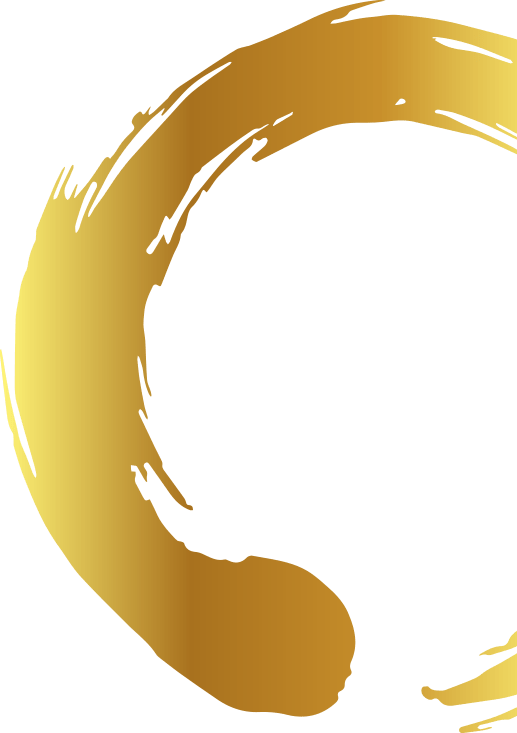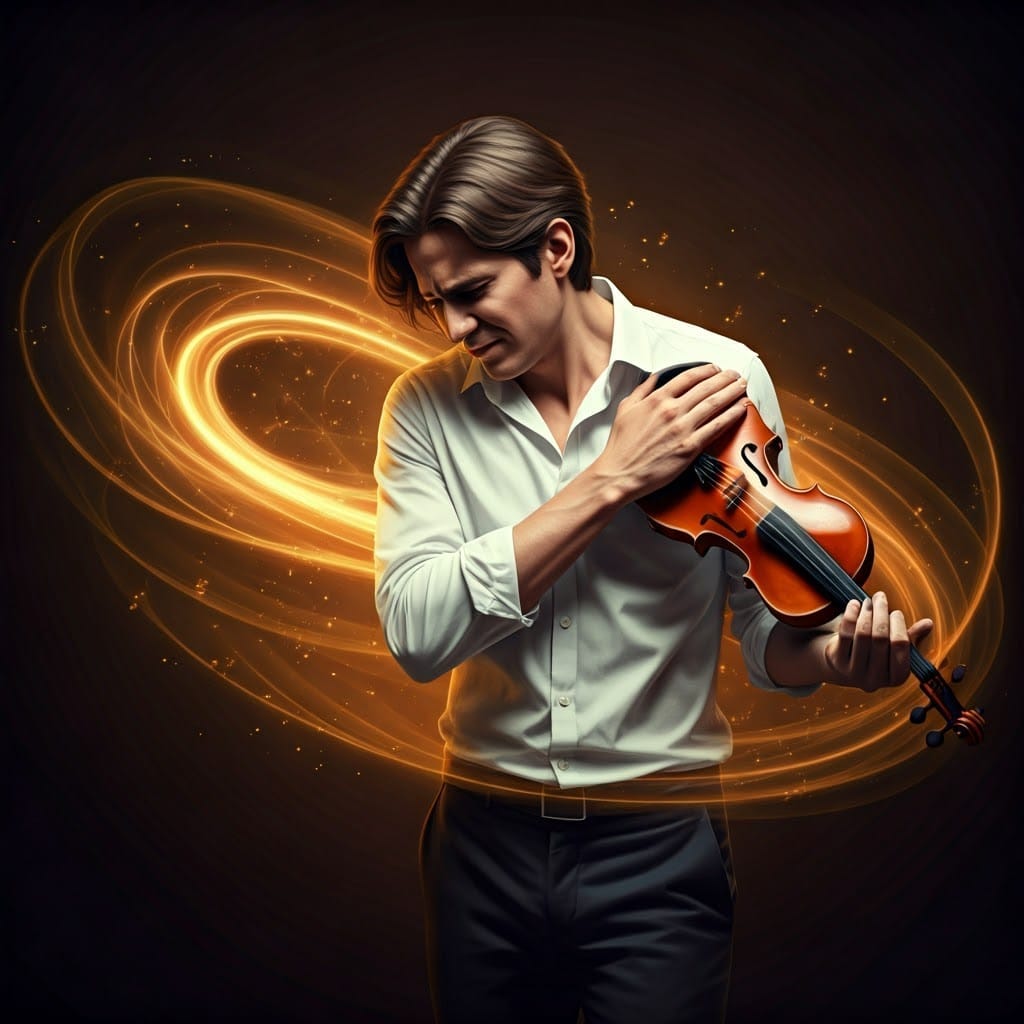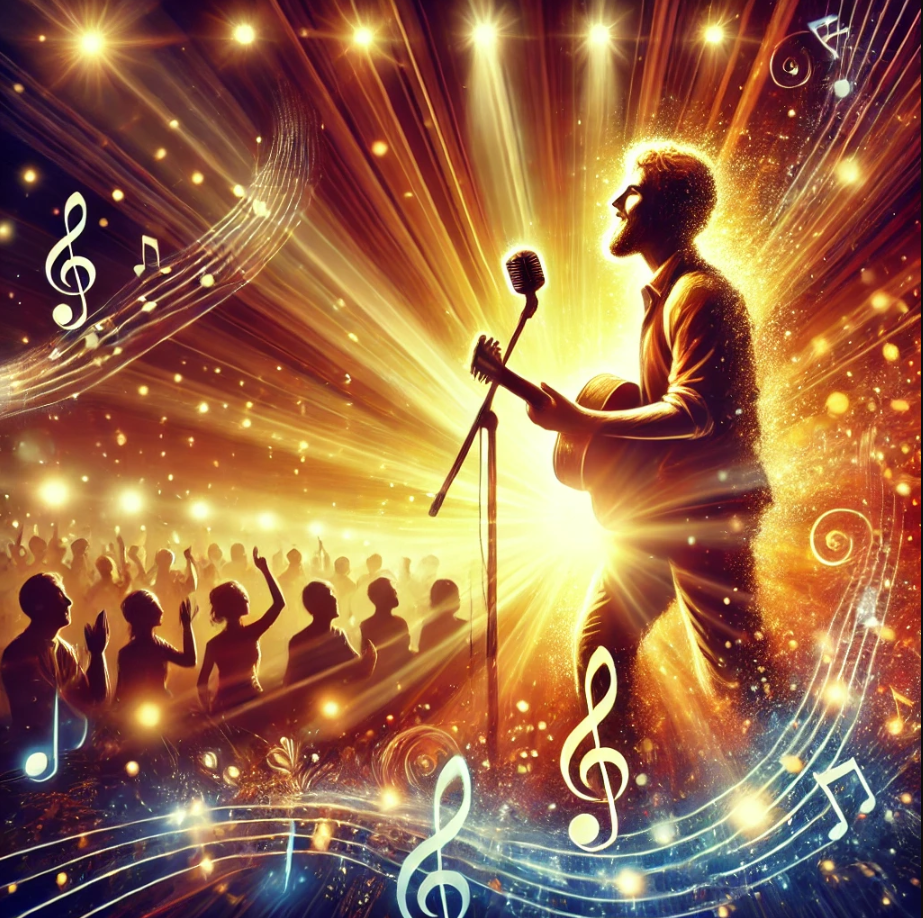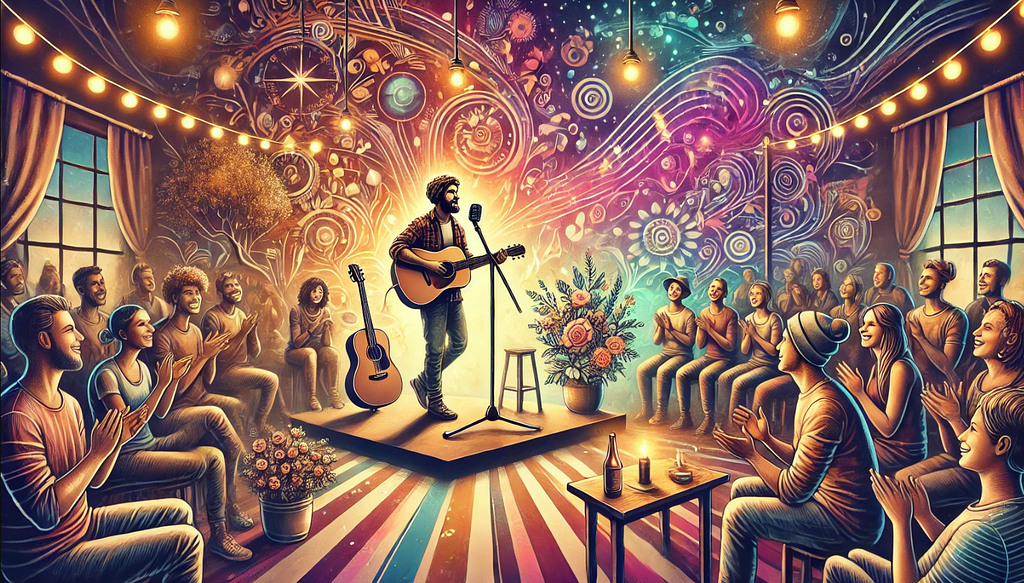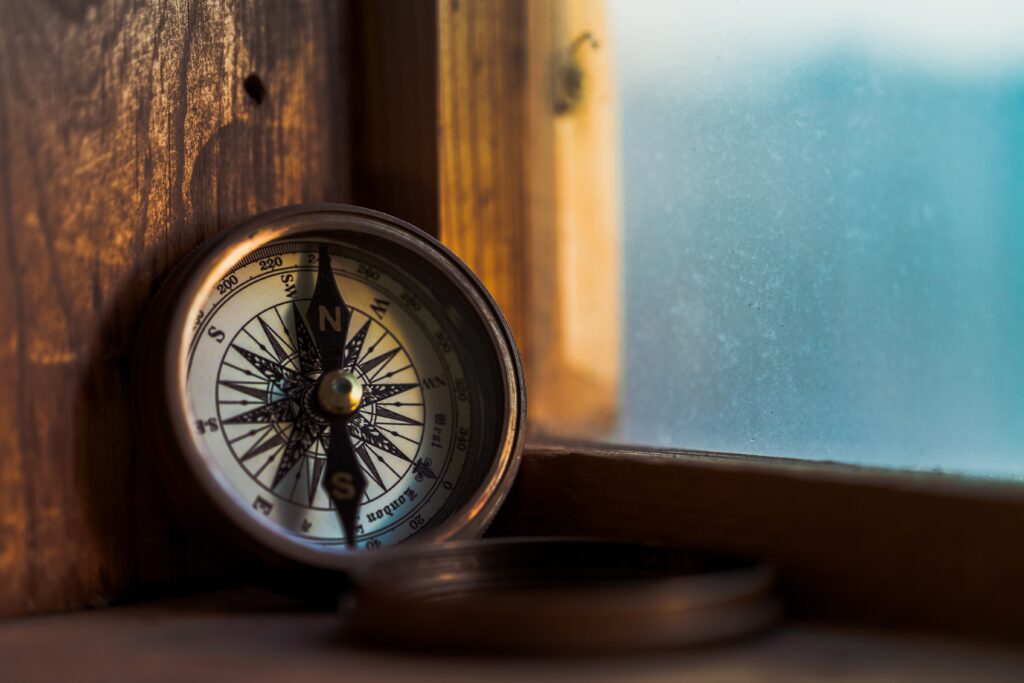
A Story of Artistic Purpose
“A human being is a spatially and temporally limited piece of the whole, what we call the “Universe.” He experiences himself and his feelings as separate from the rest, an optical illusion of his consciousness. The quest for liberation from this bondage [or illusion] is the only object of true religion. Not nurturing the illusion but only overcoming it gives us the attainable measure of inner peace.”
― Albert Einstein, in a letter to Robert S. Marcus
“I’m not doing that again,” I thought to myself as I returned home after the show, exhausted, tense, and drained. I had just performed with a well-known regional orchestra, and I knew that, at least on paper, it was a great opportunity. As a budding violinist, I should have felt very fortunate to play with a group where I was paid well, where I could put my all into my playing, where I was appreciated by the other musicians, and where there was a good chance that I could officially join the group and thereby enjoy a future of greater financial security. However, despite the seeming benefits, I found the music deathly boring, the conductor exasperating, and the marathon rehearsals an exercise in painful endurance. Was the professional advancement on offer worth the lack of creative fulfillment and the emotional and physical strain?
As I unpacked my things and slumped on my sofa to rest, this question rolled through my mind, prompting me to reflect on other less-than-inspiring musical experiences I had recently had. I was reminded of how, despite the intense effort and focus I had brought to my performances in music school, my sense of creative fulfillment had only lessened with time. I also reflected on my more recent professional performances and felt a growing sense of sadness and anxiety as I realized how few of these brought the artistic impact I desired. “Is this really how it’s going to be?” I wondered. Facing a future where my art all too often felt like meaningless drudgery filled me with despair and led me into a deepening existential crisis. If my music couldn’t bring me the creative fulfillment and artistic impact I desired, then what could? Did my life as a violinist even matter? Did anything matter?
I then began what became a years-long search for satisfying answers to these questions. For a long time, I found none and often struggled with the despair and emptiness I felt as a result. However, a turning point came when, instead of continuing to seek fulfillment through
professional advancement alone, I began to question the assumptions underlying my existential and creative challenges. Examining these challenges closely, I repeatedly found the following assumptions: that I was separate from the world around me; that having and doing were more important than being; and that my self-worth was measured in how much I strove for monetary and professional advancement.
With further exploration, I came to understand these assumptions as the hallmarks of the Story of Separation. As I learned more about them, I discovered two surprising connections. The first was that, contrary to its very name, the Story of Separation was what connected all my artistic challenges, whether physical, creative, emotional, or financial. The second was that the very same forces that made my artistic life needlessly challenging were also those that contributed to the societal chaos I saw around me.
A new sense of empowerment, possibility, and purpose dawned as I realized I now had the answer to my existential crisis. The answer lay in discovering the deeper connection, wholeness, and aliveness hidden under what at first seemed to be separate, fragmentary, or inert – in other words, to step into the Story of Interbeing. I realized in a flash that doing so would effectively address all my artistic challenges, and furthermore, that an artistic life founded on such deeper connections was exactly what the world needed from me as an artist.
Following these realizations, I saw that my own artistic purpose – my greatest creative potential and my unique contribution to the world – was not limited to what I could achieve with the violin alone. Rather, my purpose was to discover all the ways in which we, as artists, could step into the Story of Interbeing in our artistic lives, and thereby enjoy the creative fulfillment and impact our hearts know we were meant for.
Stepping into the Story of Interbeing and thereby discovering my artistic purpose transformed my life in countless ways. For one, it led to the development of Soulforce Arts and the writing of this book. It also transformed my whole approach to playing violin, allowing greater enjoyment, ease, and depth of expression. Furthermore, it allowed me to find fulfillment when performing in less-than-ideal circumstances. Now, even when I’m getting paid next to nothing for playing background music for a crowd who doesn’t even seem to be listening, I know that the aliveness I yet bring to my playing is at some level healing the wounds of separation in myself and the others present. I can relax and take the pressure off this or any gig to provide the fulfillment I desire because I know how to fulfill my artistic purpose in any circumstance. Practicing, performing, composing, or teaching become opportunities to tap into my creative aliveness. Thus enlivened, each creative act becomes like a positive glitch in the matrix, an anomalous data point of wholeness and connection that is itself an instantiation of what Charles Eisenstein calls “the more beautiful world our hearts know is possible.” The result is that I now trust that even the smallest creative act has the potential to, through unknown and circuitous means, catalyze this more beautiful world on a larger scale.
Your own journey into the Story of Interbeing will, of course, look different than mine. The connections you unearth, the wounds you heal, and the artistic purpose you discover will be unique to you. What will be similar, however, is the overall effect stepping into this story will have on all areas of your artistic life. Where before your body felt tense and awkward, your body will instead feel effortless and free. Where before you suffered from performance anxiety or impostor syndrome, you will instead feel a new sense of confidence and self-trust. Where before you struggled with the fear of selling out, you will feel confident in creating new opportunities for sharing your art that honor your creative soul. And where before you doubted your creative worth and hid your light, you will instead let the creative aliveness within you, your Soulforce, suffuse your art to transformative, transportive effect.
Going Deeper
Your artistic purpose is the transformation that you were born to carry out. It is what you love doing, no matter where you are. It is your greatest gift to this world. It extends beyond your personal desires and connects you with something bigger than yourself. Connecting your artistic activities to this larger purpose is the key to unlocking your Soulforce.
You can begin to discover your artistic purpose by exploring the following questions, either by yourself or with a friend:
- What did I love doing most as a child?
- What do I find myself doing wherever I go?
- What do people most often seek out my help for?
- What causes or events speak to me at a visceral level?
- What brings me the most alive?
- What do I love most about the arts?
Make some notes in your journal and contemplate some ways you can bring what you discovered into the way you practice, perform, compose, create, teach, and make a living.
Stay tuned for more blog posts and videos about getting to the heart and soul of creativity!
For more support in this process, download your copy of the Soulforce Arts Starter Kit, a free mini-course designed to help you reconnect with your Soulforce, the transformative energy essential to great art that matters. You can access the Starter Kit by signing up for the Soulforce Arts Institute’s email newsletter.
The above post is adapted from Chapter 3 “The Foundations of Soulforce” of my book, “Soulforce Arts: The vital role of musicians & artists in creating a more beautiful world,” coming out in mid-2024.
Joseph Arnold
Violinist, Alexander Technique teacher, and Director of the Soulforce Arts Institute
SoulforceArts.com
SoulforceArtsCommunity.org

